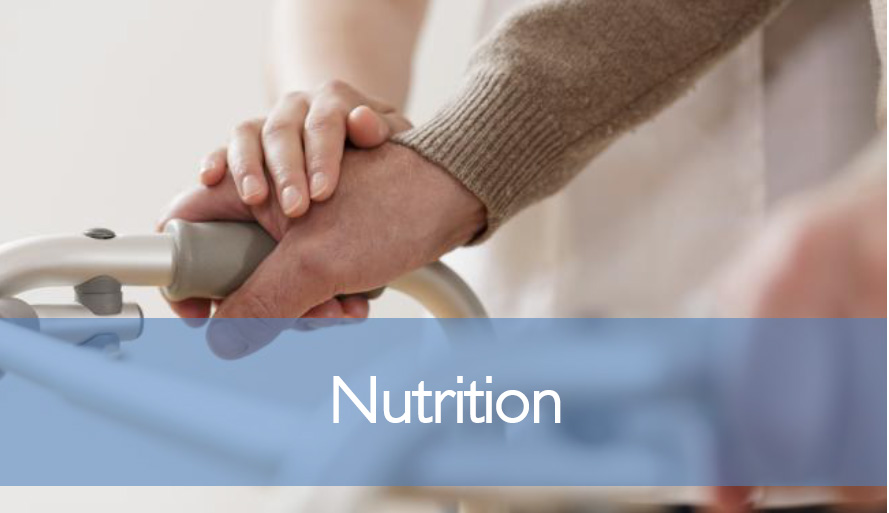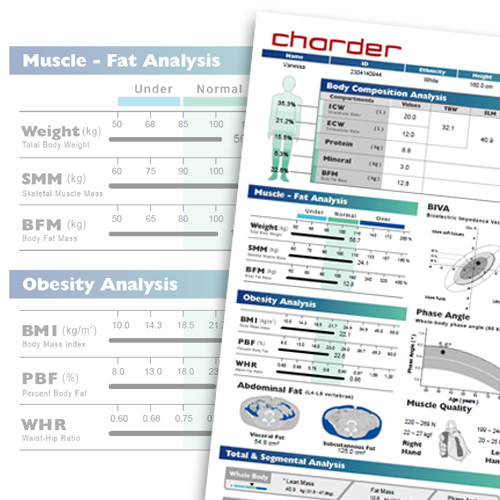Understanding the BIVA measurement

Designed for patients with abnormal hydration
Traditional BIA relies upon standard body water proportion for calculation – but for subjects with abnormal body water (such as dialysis patients), measurement errors in predictive equations are much more common.
Because BIVA uses direct measurements of Reactance (Xc) and Resistance (R) to evaluate hydration and cellular status, medical practitioners can conduct preliminary screening and track changes in body water, even for individuals with “abnormal “hydration, increasing BIA reliability in clinical use.
Evaluate health at a cellular level
Malnutrition is possible even for obese subjects, but it can be difficult to determine using traditional body composition outputs such as muscle and fat mass. Utilize BIVA to directly evaluate cellular health, making it possible to evaluate subjects regardless of body type!


How it Works
BIVA compares the subject's measured Resistance (R) and Reactance (Xc) to healthy subjects of the same gender, age, and ethnicity. This makes it possible to track changes in cellular status, and determine if the subject's results are noticeably abnormal.
How to Use
The three ellipses correspond to results for the comparison group. 95% of people's results fall within the outside ellipse, 75% within the second ellipse, and 50% within the innermost ellipse. In other words, the further out the measurement point, the more abnormal your results. Observe if the measurement point changes over time to understand trends!

* Piccoli et al. A new method for monitoring body fluid variation by bioimpedance analysis: the RXc graph. Kidney Int 1994; 46(2): 534-539




